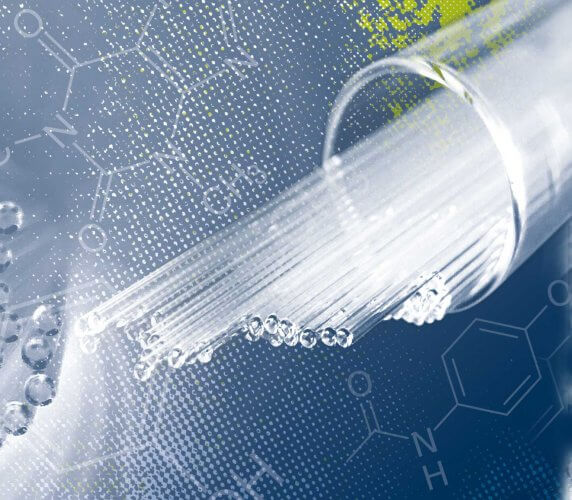
Continue this step until the capillary tube is filled with the sample up to 2-3 mm. Else there will be a deflection in the actual melting point. However, it should be sufficient enough to pack the substance properly at the bottom. Remember, the tap should be gentle, or it can cause trouble. This way, the sample will end up at the bottom of the tube. Then invert the capillary tube and gently tap it. You need to start by depositing the substance sample on the open end of the capillary tube while ensuring that its other end is entirely closed. Here, equipment like a capillary glass tube and a glass plate will be required.

In the first step, the substance’s sample is prepared for further analysis. The step’s name explains what exactly gets done here. A few commonly practiced steps involved in melting point determination are: Sample Preparation Otherwise, the results will be faulty, and no proper judgment will be made. But these tasks can only be successful if the melting point analysis is done correctly in the first place. Melting point can serve as a trusted basis for substance identification and purity examination. The process will help you see the significance of different steps so that you can follow proper tips and remain secure while doing the work. The determinations are based on visual inspection of material heated in the capillary tube as well as automated absorbance of liquid melts which avoid personal observation errors.īefore we move on to the precautions that have to be taken during melting point measurement, let’s first see how is melting point determined.

It can be resorted to before you decide to further establish compound identity and purity using sophisticated analytical techniques. Melting point determination is an established method which is easy and cost-effective. Īnother interesting factor to know about the melting point is that during the melting stage, the temperature remains constant as all the heat energy input due to temperature increase is consumed as the heat of fusion. Thus, melting point determination can further help in checking any substance’s purity. It is accepted as an index of purity because pure solids have well-defined melting points, whereas the presence of impurities can result in a spread of melting point temperature. Most of these data are obtained by electrical fast heating (1–5 μs), that are supported by the data of carefully executed laser-pulse heating.A melting point has been defined as the temperature at which a solid changes state from solid to liquid. Reliable experimental data for the graphite melting point are presented: enthalpy of solid state under melting (10.5 kJ/g) enthalpy of liquid state under melting (20.5 kJ/g) heat of graphite melting (10 kJ/g) liquid-carbon resistivity (730 μΩ cm) near the melting point at a density of 1.8 g/cm 3 under high pressures (several GPa) estimation of expansion (70%) during melting at 100 MPa pressure and melting temperature T m = 4800 ± 100 K at a pressure 10–100 MPa.


A separate section shows the data on spectral emissivity investigations, which are required in graphite temperature measurements. Several electrical pulse investigations are listed: measurements of different properties heating of low density graphite and very slow pulse heating up to steady-state by alternating current. The volume electrical heating of graphite is then discussed. Carbon vapour, as a result of graphite sublimation, usually plays a leading role in the temperature measurements near the melting point under slow heating. Pulsed laser heating of graphite usually shows the absence of a melting temperature plateau in the heating of a low-density graphite specimen (only a deflection point is observed on the increasing signal of the pyrometer). The main divergence in the experimental results is in the value of the true melting temperature of graphite in the range of 4000 or 5000 K. The history of carbon studies, starting in 1963, is given, covering both laser and electrical heating of the graphite. Successive experimental data and theoretical predictions on the melting point of carbon are summarized. Data obtained by Pirani in 1930 that has been quoted in some recent publications is also considered. Scientific literature on the melting temperature of graphite and its properties in melting is reviewed, beginning with the study by Bundy in 1963 and proceeding up to 2003.


 0 kommentar(er)
0 kommentar(er)
